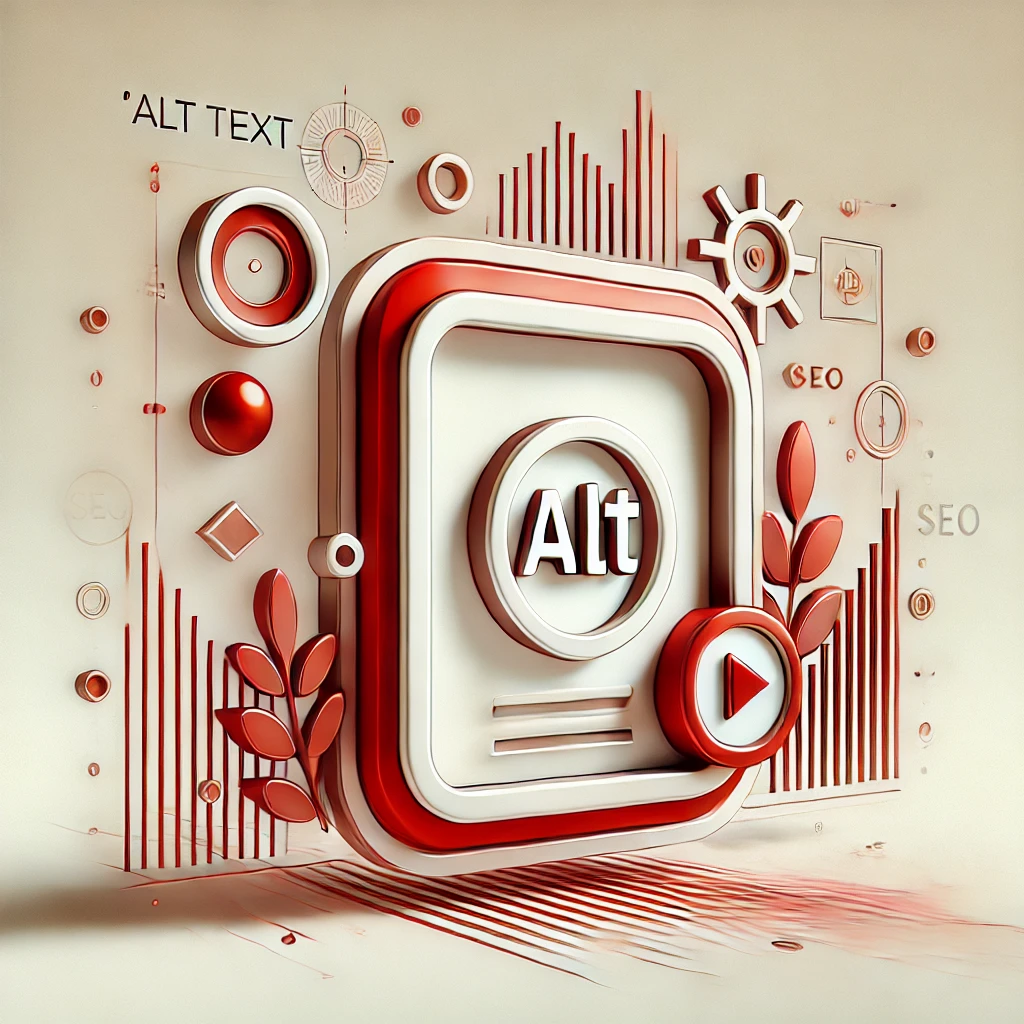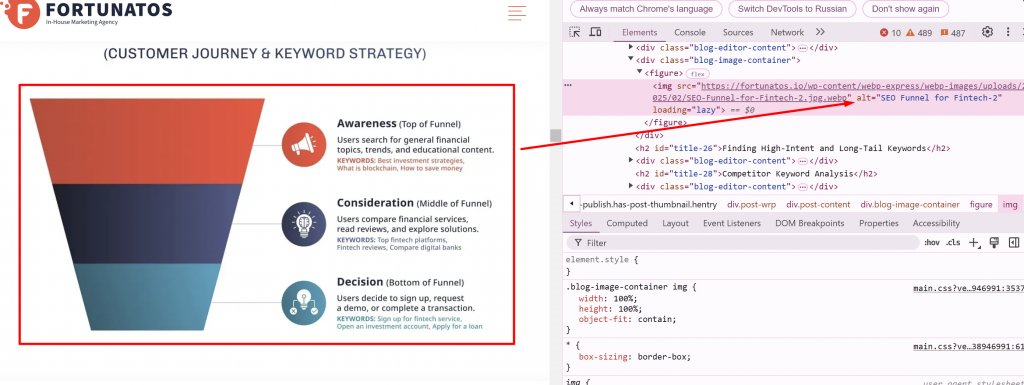
Alt Text, short for “alternative text,” is a descriptive attribute added to images in web content. Its primary purpose is to provide a textual alternative for images, ensuring accessibility for users who cannot view them due to visual impairments or technical limitations. This feature is particularly crucial for screen readers, which rely on Alt Text to interpret and convey image content to visually impaired users.
For example:

The Role of Alt Text in Web Accessibility
Alt Text is a fundamental component of web accessibility standards. By providing clear and meaningful descriptions of images, it ensures that all users, regardless of their abilities, can engage with digital content. The Web Content Accessibility Guidelines (WCAG) emphasize the necessity of alternative text to create an inclusive online experience, making websites more navigable and informative for diverse audiences.
Alt Text and SEO Benefits
Search engines use alternative text to understand the context and relevance of images within a webpage. Well-optimized Alt Text can enhance a website’s visibility in image search results, contributing to improved search engine rankings. By accurately describing images, webmasters can increase organic traffic and ensure that their content is more discoverable across various search platforms.
Best Practices for Writing Alt attribute
Effective Alt attribute should be concise, descriptive, and relevant to the image’s purpose. It should clearly convey the image’s content without unnecessary details. While keywords can be incorporated, excessive keyword stuffing should be avoided, as it may be flagged by search engines. The focus should remain on delivering meaningful and contextually appropriate descriptions that enhance user experience.
Challenges in Implementing
One of the primary challenges in using alternative text is ensuring that descriptions remain accurate and useful without redundancy. Overly generic descriptions, such as “image of a cat,” fail to provide meaningful context, while overly detailed Alt Text can become cumbersome. Striking a balance between brevity and informativeness is key to effective implementation. Additionally, decorative images that do not convey essential information should have empty Alt attributes to prevent unnecessary distractions for screen reader users.
Conclusion
alternative text plays a crucial role in both accessibility and search engine optimization. By providing meaningful descriptions for images, it enhances the web experience for visually impaired users while contributing to better search engine rankings. Implementing well-crafted Alt Text not only ensures compliance with accessibility standards but also strengthens a website’s overall usability and discoverability.

 Amazon Marketing
Amazon Marketing